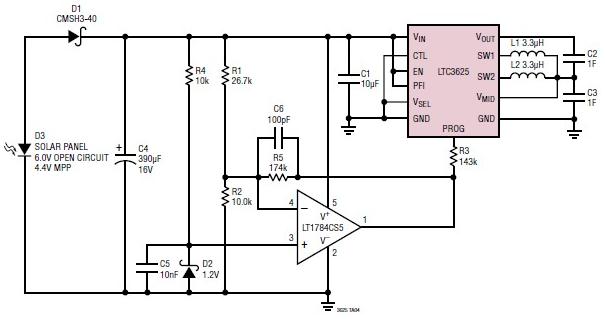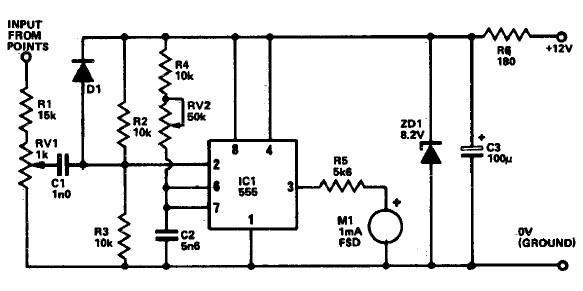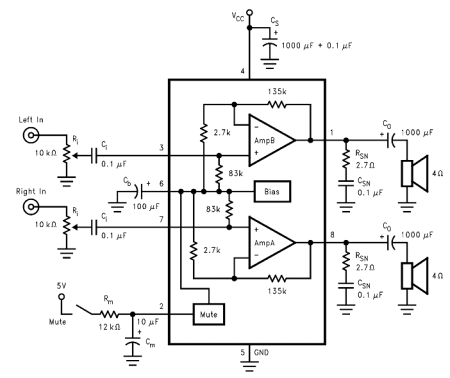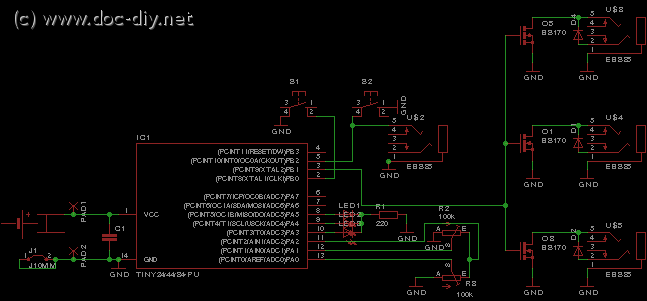
Simple Solar Table Lamp Circuit for your Home

Solar energy has become a popular alternative for electricity production. This project focuses on teaching school students how to create solar lamps for their homes. The primary components of this simple solar lamp circuit include a small solar panel and a battery that utilizes rechargeable cells. This battery can power white LEDs, providing sufficient illumination in a room for an extended duration.
The solar lamp circuit operates through a straightforward design that harnesses solar energy. The small solar panel, typically rated between 5 to 10 watts, is responsible for converting sunlight into electrical energy. During daylight hours, the solar panel generates voltage, which is used to charge the rechargeable battery. Commonly used batteries for such applications include nickel-metal hydride (NiMH) or lithium-ion cells, which are favored for their high energy density and efficient charging capabilities.
The circuit includes a charge controller, which is essential for regulating the voltage and current flowing from the solar panel to the battery. This component prevents overcharging, thereby extending the lifespan of the battery. Additionally, a diode is often incorporated in the design to prevent reverse current flow from the battery back to the solar panel during nighttime or low-light conditions.
Once the battery is charged, it can provide power to the white LEDs. The selection of LEDs is crucial, as they are energy-efficient and have a long operational life. A typical configuration might involve connecting several LEDs in parallel to ensure even distribution of light. A resistor may also be included in series with the LEDs to limit the current and protect them from damage.
The overall design of the solar lamp circuit is compact and can be easily assembled using a PCB or a breadboard. This project not only demonstrates the principles of renewable energy but also provides practical experience in electronics for students. By successfully constructing this solar lamp, students gain insight into energy conservation and the benefits of utilizing solar power for sustainable living.Solar energy has now become a popular alternative for the production of electricity. Here is a green energy project for school students on how to make solar lamps for your home. The main component of this simple solar lamp circuit is a small solar panel and a battery using rechargeable cells. This battery can light the white LED`s and provide suff icient amount of light in your room for a longer period. 🔗 External reference
The solar lamp circuit operates through a straightforward design that harnesses solar energy. The small solar panel, typically rated between 5 to 10 watts, is responsible for converting sunlight into electrical energy. During daylight hours, the solar panel generates voltage, which is used to charge the rechargeable battery. Commonly used batteries for such applications include nickel-metal hydride (NiMH) or lithium-ion cells, which are favored for their high energy density and efficient charging capabilities.
The circuit includes a charge controller, which is essential for regulating the voltage and current flowing from the solar panel to the battery. This component prevents overcharging, thereby extending the lifespan of the battery. Additionally, a diode is often incorporated in the design to prevent reverse current flow from the battery back to the solar panel during nighttime or low-light conditions.
Once the battery is charged, it can provide power to the white LEDs. The selection of LEDs is crucial, as they are energy-efficient and have a long operational life. A typical configuration might involve connecting several LEDs in parallel to ensure even distribution of light. A resistor may also be included in series with the LEDs to limit the current and protect them from damage.
The overall design of the solar lamp circuit is compact and can be easily assembled using a PCB or a breadboard. This project not only demonstrates the principles of renewable energy but also provides practical experience in electronics for students. By successfully constructing this solar lamp, students gain insight into energy conservation and the benefits of utilizing solar power for sustainable living.Solar energy has now become a popular alternative for the production of electricity. Here is a green energy project for school students on how to make solar lamps for your home. The main component of this simple solar lamp circuit is a small solar panel and a battery using rechargeable cells. This battery can light the white LED`s and provide suff icient amount of light in your room for a longer period. 🔗 External reference





